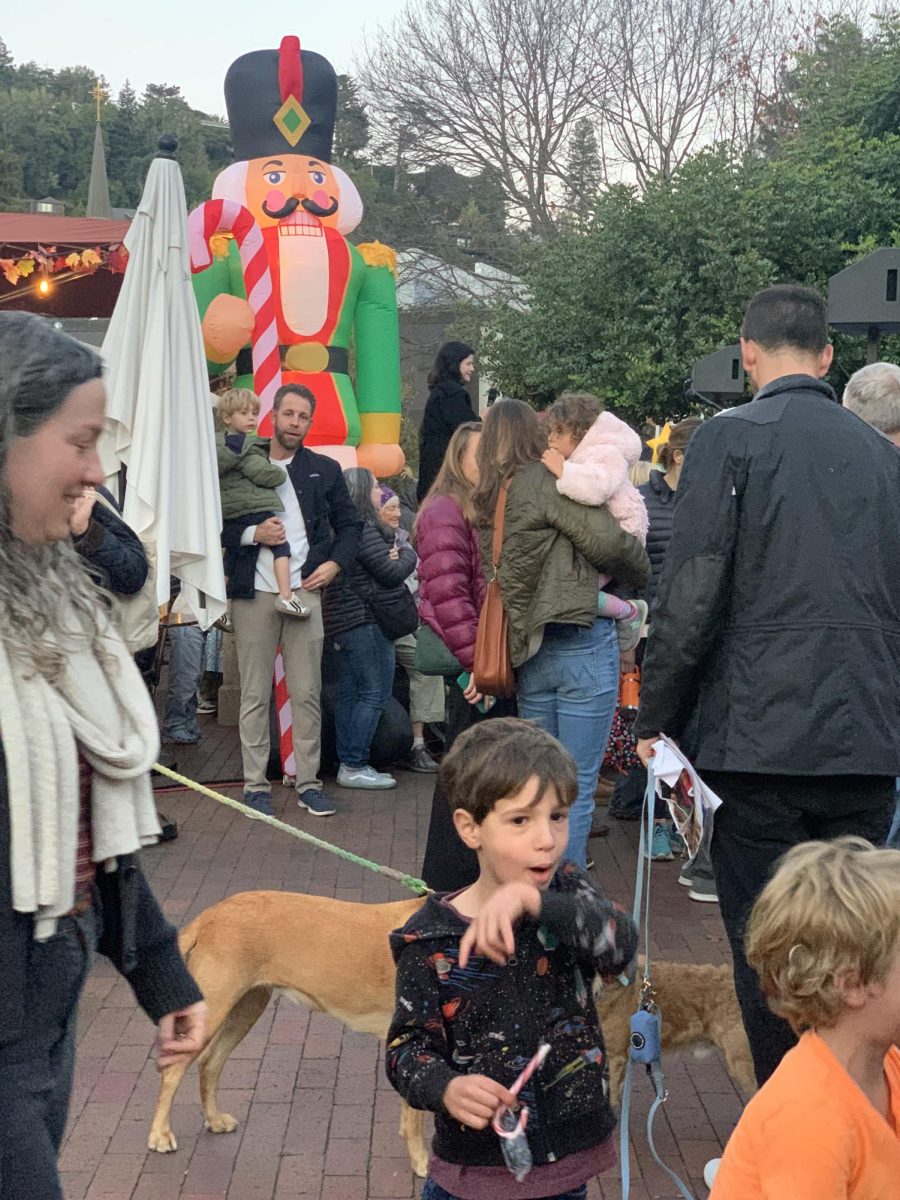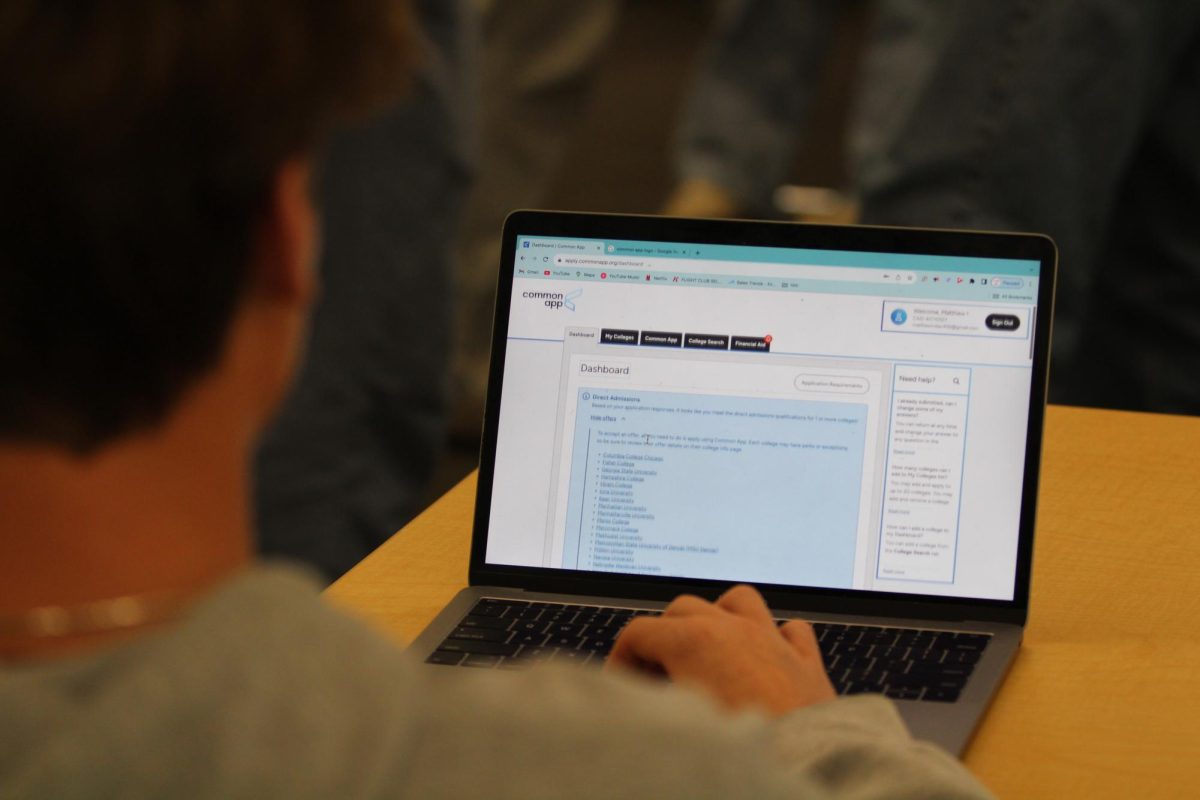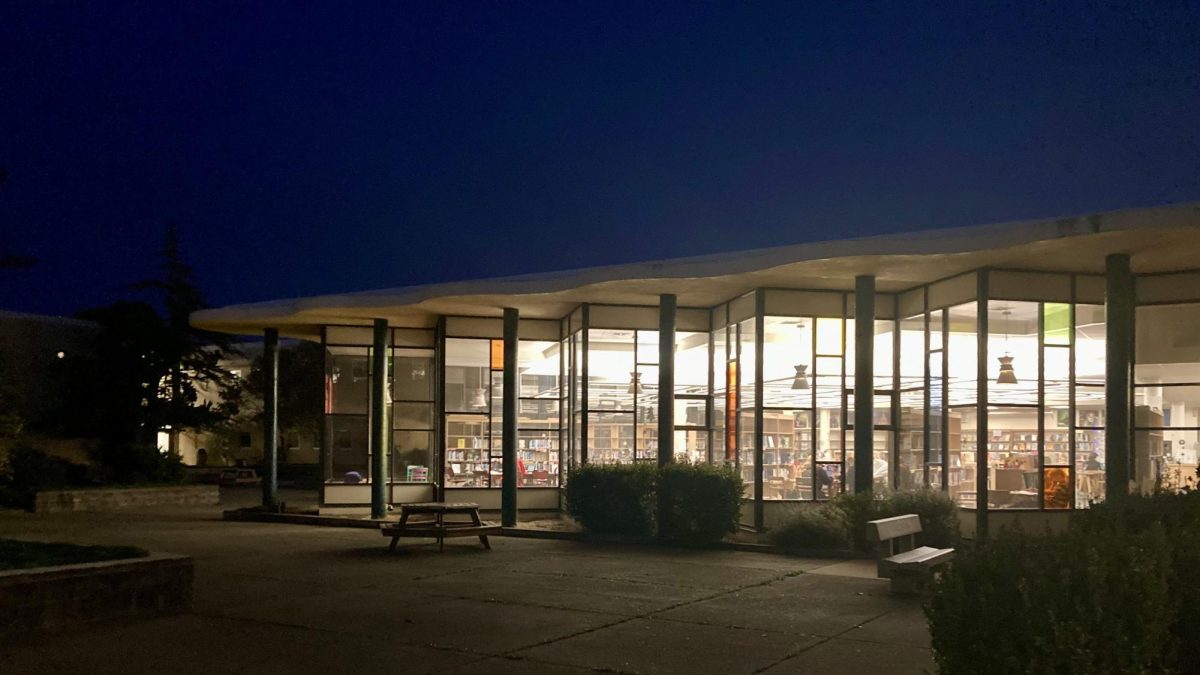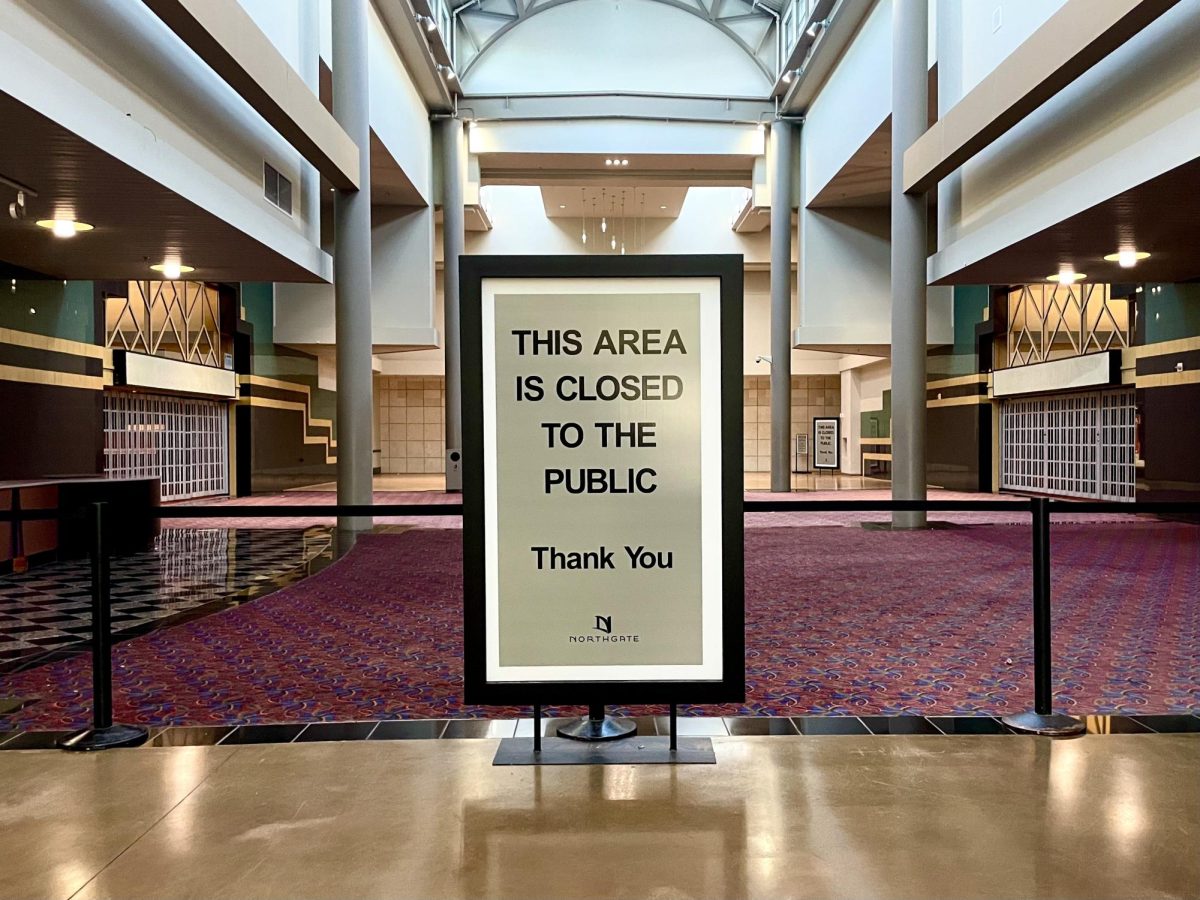With the goal of reducing teen abuse of and access to alcohol and illegal substances, a new coalition of community volunteers will soon begin implementing measures throughout the community with the help of the Twin Cities Police Department.
After nearly one year of planning, the Twin Cities Coalition for Healthy Youth recently received a county grant of $180,000 to kick-start local initiatives to decrease youth substance abuse in Larkspur and Corte Madera.
Larkspur mayor and coalition co-chair Larry Chu said that the coalition will begin by analyzing data from various sources to identify problems. They will then take action by enacting city ordinances, providing public education to reduce teen drug abuse, or creating new programs in local schools.
Although the 2009-2010 Healthy Kids Survey reported that 23% of high school students in the Tamalpais District believe their school provides “a lot” of alcohol and drug use prevention instruction, 81% answered that their school had a “moderate” or “severe” alcohol and drug use problem.
The results of the Healthy Kids Survey, information from the Twin Cities Police Department, and data from the Youth Leadership Institute’s Youth Access Survey, and were the coalition’s primary sources of data demonstrating the high rate of substance abuse among local teenagers and the ineffectiveness of current prevention tactics.
Gerald Austin, the principal of San Andreas High School and a member of the coalition, said that the coalition is unique because it aims to implement a coordinated set of changes with the help of multiple parts of the community.
“A lot of our work is focused in the community, not necessarily in schools,” Austin said. “Everybody in the community is engaged in parts of the solution, rather than just leaving it to one or two groups.”
In order to qualify for the grant, the coalition recruited partnering organizations from 12 fields, including law enforcement, health care, local government, and media. The seed money will provide the funds needed to train coalition members to carry out improved alcohol and drug enforcement policies and to educate the public.
“As a coalition, the whole idea is to come to a consensus on the problem identification and the solutions,” Chu said. “By the time the whole study is done, everybody who is at the table would have had the chance to give some feedback, offer their suggestions, and express their concerns.”
The coalition currently involves the Twin Cities Police Department, high school education board members, local businesses, parents, and civic volunteers. The coalition is now looking to recruit local high school and middle school students to contribute as well, though no students are currently on board.
“Rather than have individual activities going where people are sometimes doing the same thing, but no one is talking to each other, the coalition is a public policy model that is a much more coordinated approach to public health issues,” Austin said.
Neighboring communities, including San Rafael, Novato, and Rohnert Park, have formed coalitions with similar goals, but the Twin Cities coalition is looking to develop solutions specifically tailored to Larkspur and Corte Madera.
For example, the coalition plans to appeal to local parents and businesses to handle liquor responsibly.
“We can talk all the time about the dangers of alcohol and substance abuse, but we also have a community that sometimes inadvertently promotes a certain kind of lifestyle, so we want to tackle the source of that,” Austin said. “We’re not trying to ban alcohol or anything like that, but we are looking to make sure that businesses are responsible and that people are not selling to students underage and breaking the law that way.”
According to Chu, because the coalition was only recently formed, both the specific problems the group will attempt to fix and the actions they plan to take are currently unknown.
Austin said that if the coalition is able to show evidence that their work is positively impacting the community, the coalition will be able to apply for further funding from Health and Human Services if it becomes available.





